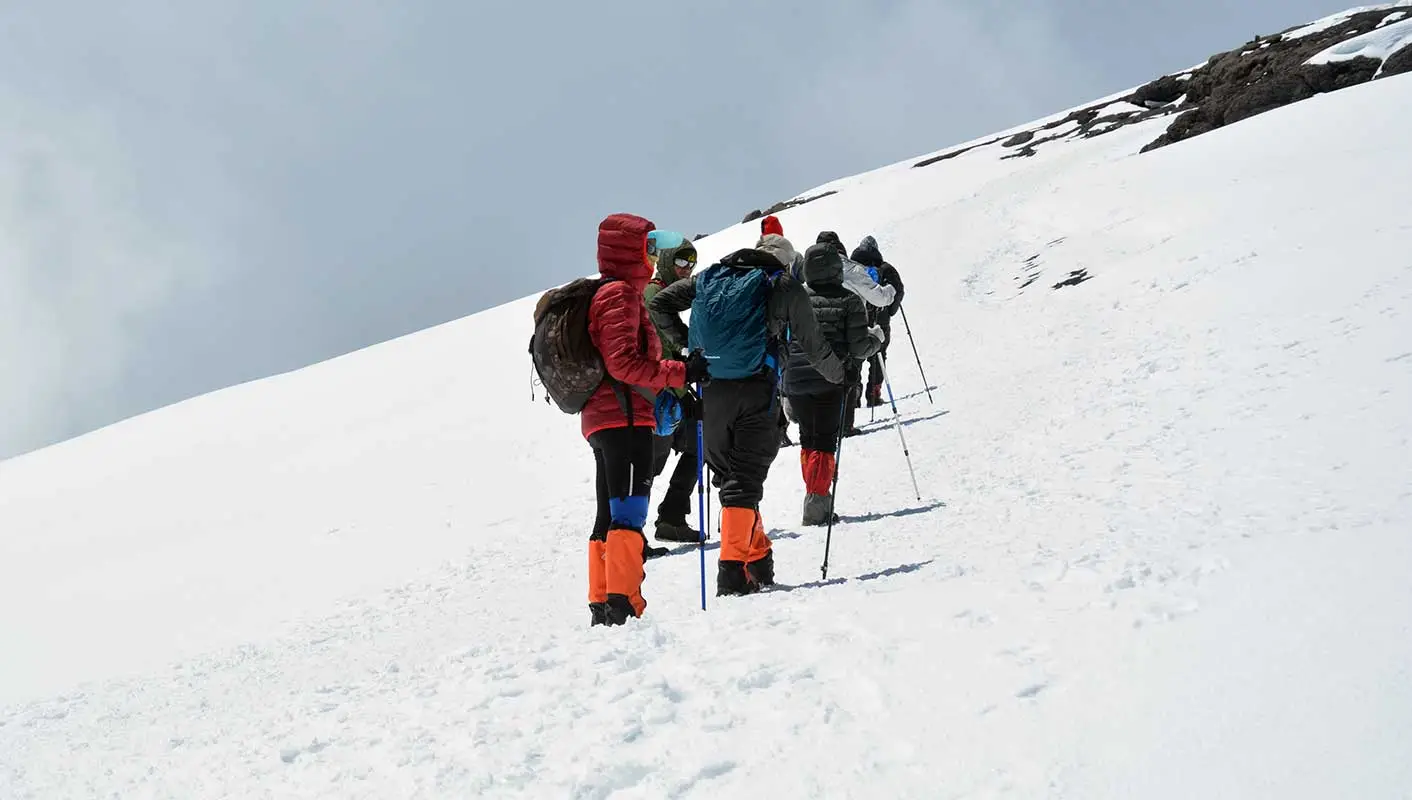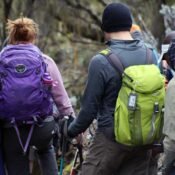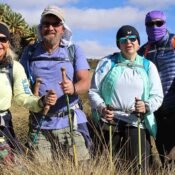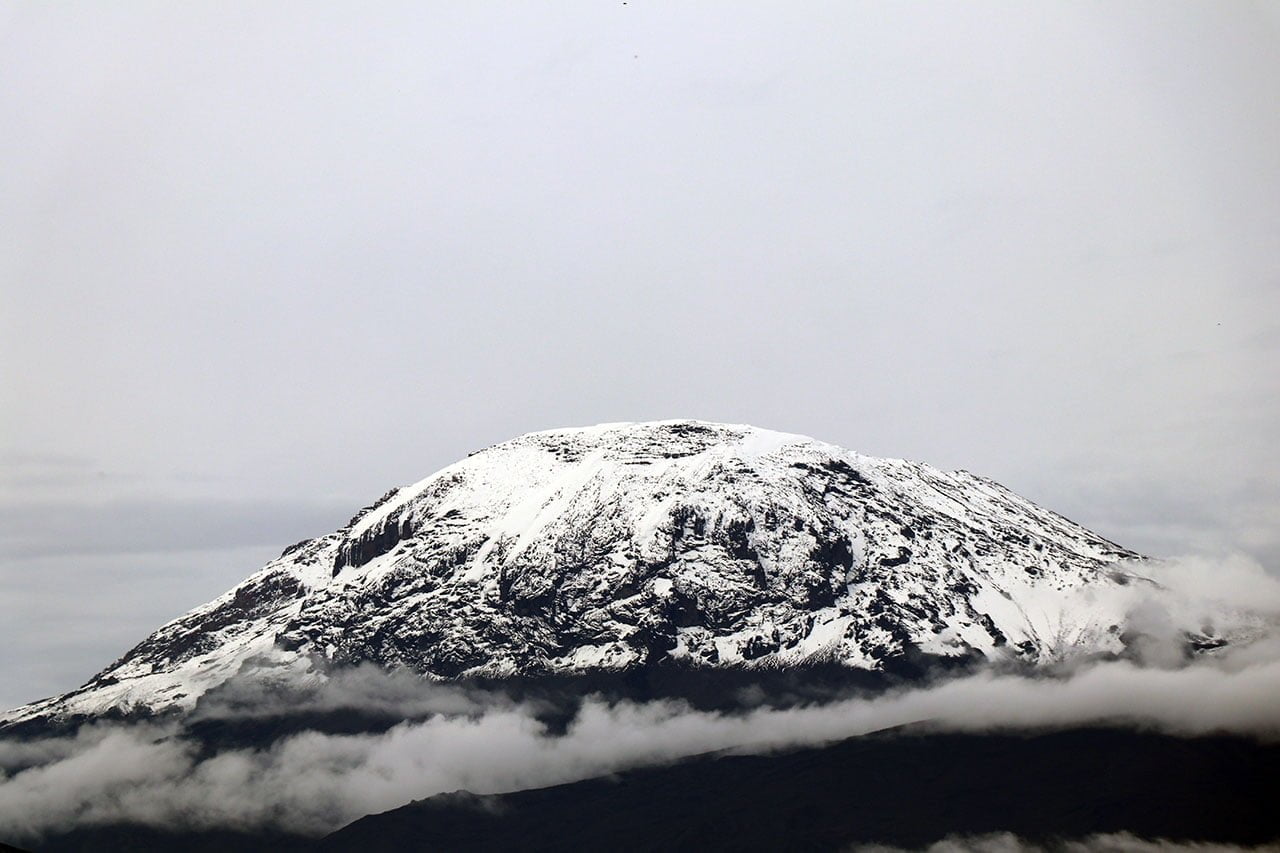
Preparing for summit
Preparing for summit: When you get to Barafu Camp, you’ll want to rest as much as possible. Prepare your daypack as soon as you arrive, since you will be roused at about 11 p.m. to begin your summit ascent.
After an early dinner, we go to our tents, despite the fact that sleep is difficult to come by at this height and the anticipation of what lies ahead.
Preparing for a summit: At 11 p.m., your team will deliver a hot drink, and there will be refreshments in the mess tent before we begin our ascent at midnight. Your daypack should have a headlamp, drink, food, and any other necessities.
There are several things that you can do to prepare yourself for your summit ascent.
Get your temperature right.
Conserving energy by maintaining the appropriate body temperature ensures that your body does not work extra to cool down or heat up.
When you go walking, you should be slightly cool, so take off your down jacket or overcoat shortly before you start. When you stop going for a “maintenance stop,” you should instantly put on your down jacket or overlayer to stay warm. This will allow you to preserve energy.
Eat and drink plenty
To guarantee you have enough energy to peak and descend, you must “feed your climb”. On summit day, you will hike for 13-15 hours and may ingest up to 4000 calories. We recommend that you carry a variety of foods that you enjoy and find simple to consume, such as candy bars, crisps, biscuits, trail mix, fruits, nuts, energy bars, and hard candies, for summit day.
Preparing for the summit: Use stops effectively
During your summit ascent, we will have “maintenance stops” rather than rest stops; you must make good use of this time to ensure that you are prepared for the following step. Plan ahead of time what you’ll need to do: modify your clothing, use the restroom, eat and drink, and, most importantly, put on something warm before stopping to minimize heat loss.
Preparing for summit: Go slowly but not too slowly
Our guides will establish a speed that they believe is optimal for you, and you should aim to keep that pace. Going too quickly increases your chances of getting altitude sickness, while going too sluggish makes your walking day seem impossible. Just keep slogging, and you’ll get there.
Place one foot in front of the other. By dawn, we have arrived at the crater rim. You’ll witness the sun rise over Mawenzi and breathtaking 360-degree vistas. Looking down into the crater, one can see the glacial icefields, sometimes known as the “snows of Kilimanjaro”.
From the crater rim, it’s another 1-2 hour climb to Uhuru Peak, the Roof of Africa, the world’s tallest free-standing peak at 19,341 feet above sea level.
Preparing for a summit: How cold is the summit of Kilimanjaro Uhuru Peak?
The temperature drops as you pass through Mount Kilimanjaro’s natural zones. At Mount Kilimanjaro’s peak, Uhuru Peak, nighttime temperatures can vary from 20 to -20 degrees Fahrenheit (-7 to -29 degrees Celsius). Because of its tremendous height, Mount Kilimanjaro develops its unique weather patterns.
It’s Not Over Yet: The Descent from The Summit Uhuru Peak.
After we’ve snapped photographs and congratulated each other on our accomplishment, it’s time to return to Barafu Camp. Descending can be challenging. If you have knee difficulties, now is an excellent time to use your knee brace. Use your poles for balance, and go gently. The increased oxygen in the atmosphere as you descend will provide much-needed comfort from the thin air at the peak.
We’ll eat lunch at Barafu Camp before descending to our final mountain camp. Tired and invigorated, you should have a good night’s sleep.
The next morning, you’ll have a 3–4-hour hike, primarily downhill through the forest and back to the trailhead, where you’ll be carried to your post-climb hotel accommodation.





